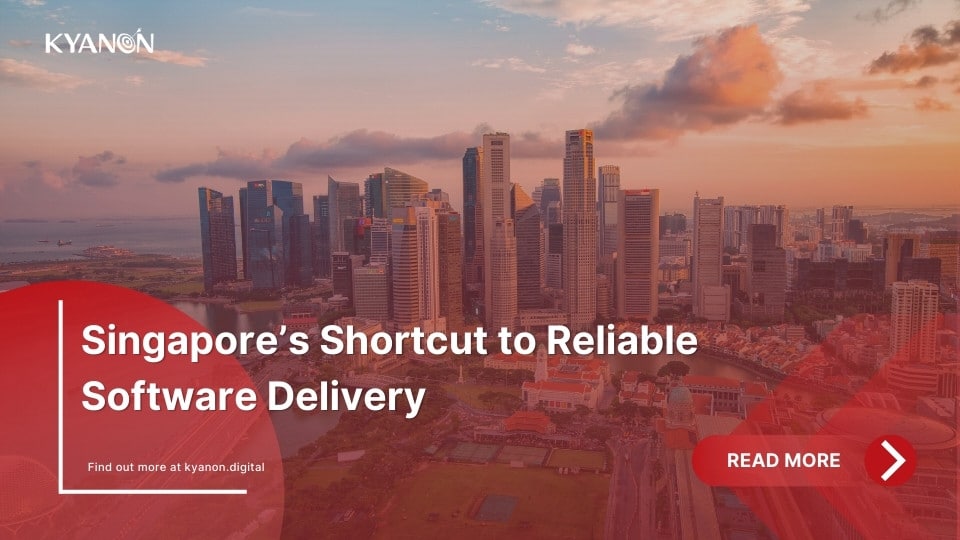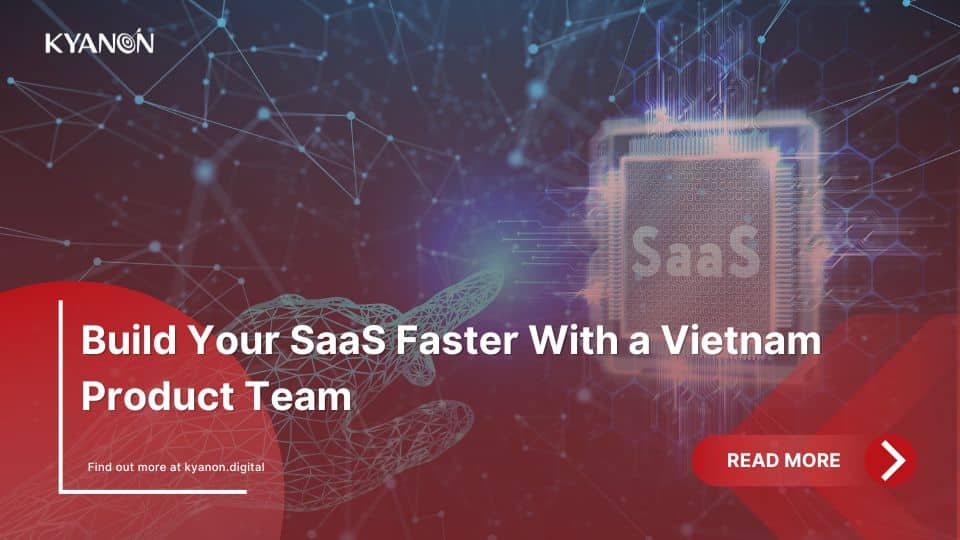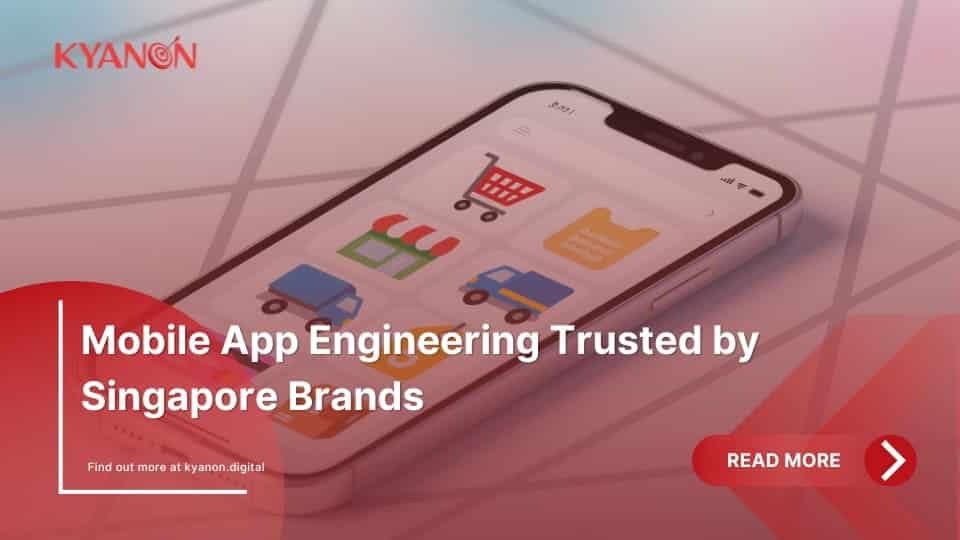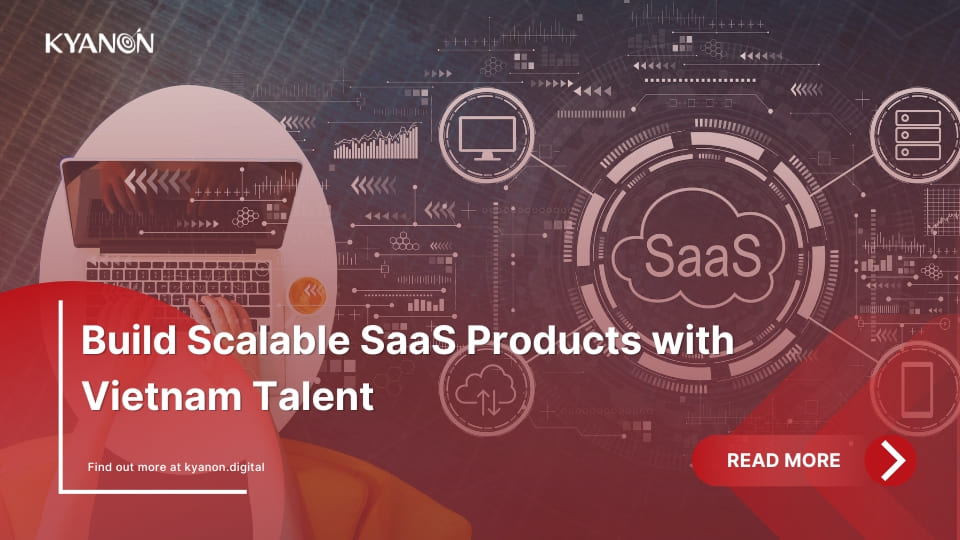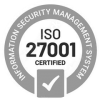Virtual Reality (VR) App
Development Services
Our Virtual Reality (VR) development services bring immersive, interactive experiences to life through advanced software solutions. Backed by decades of expertise in software development and 3D modeling, Kyanon Digital creates high-performance VR applications designed for seamless user adoption and engagement.
13 YEARS
in Agile Engineering & Software Development
500+
Consultants & Engineers
5
Global Offices
100+
Clients, including Fortune 500
Our Awards & Recognitions
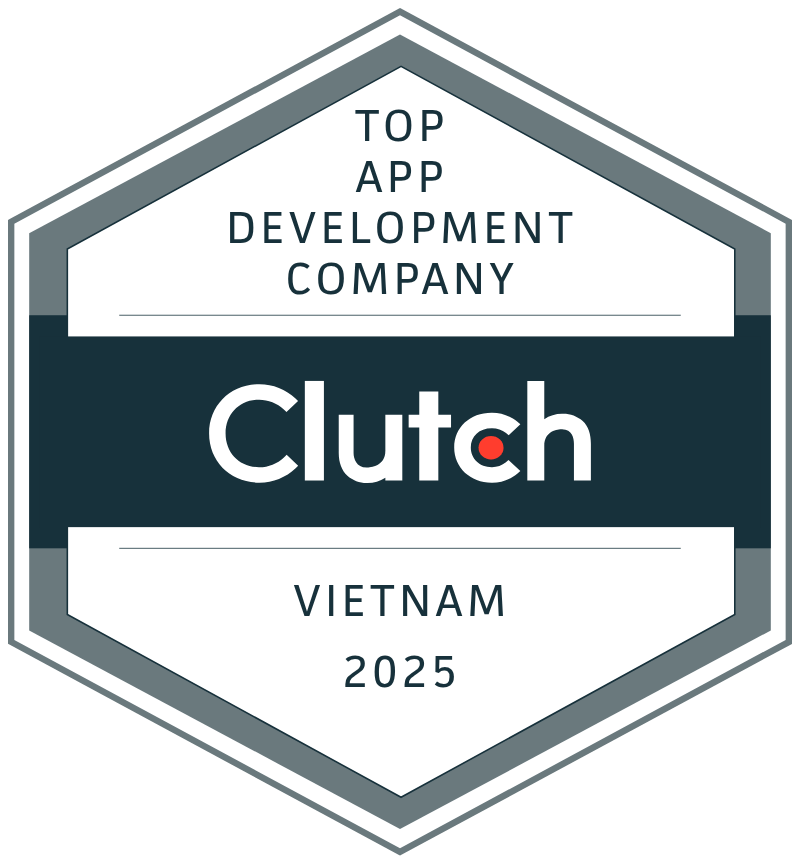
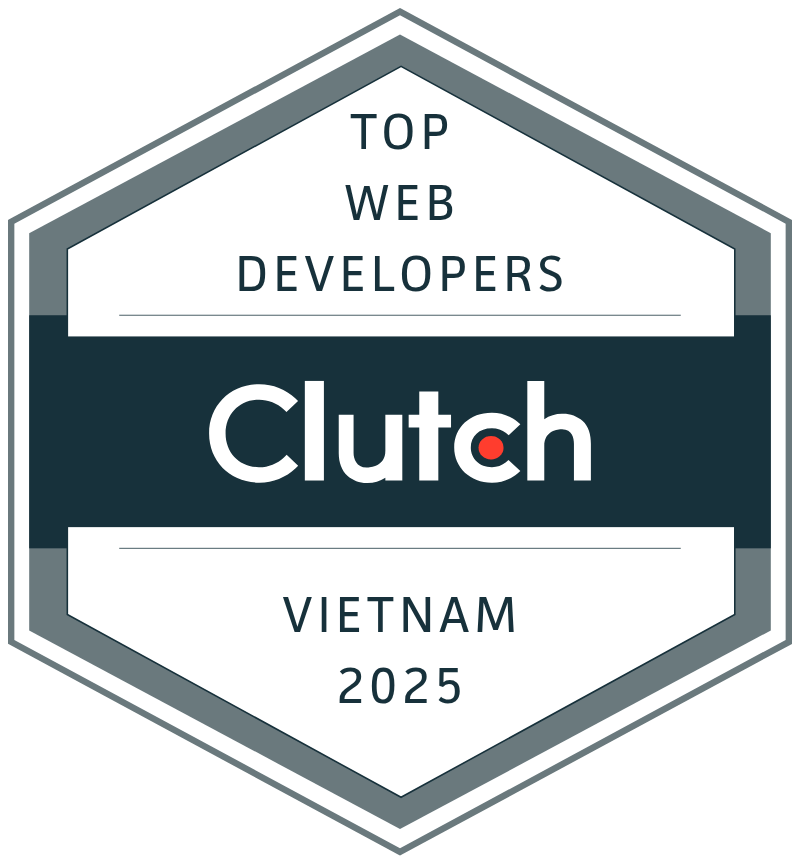
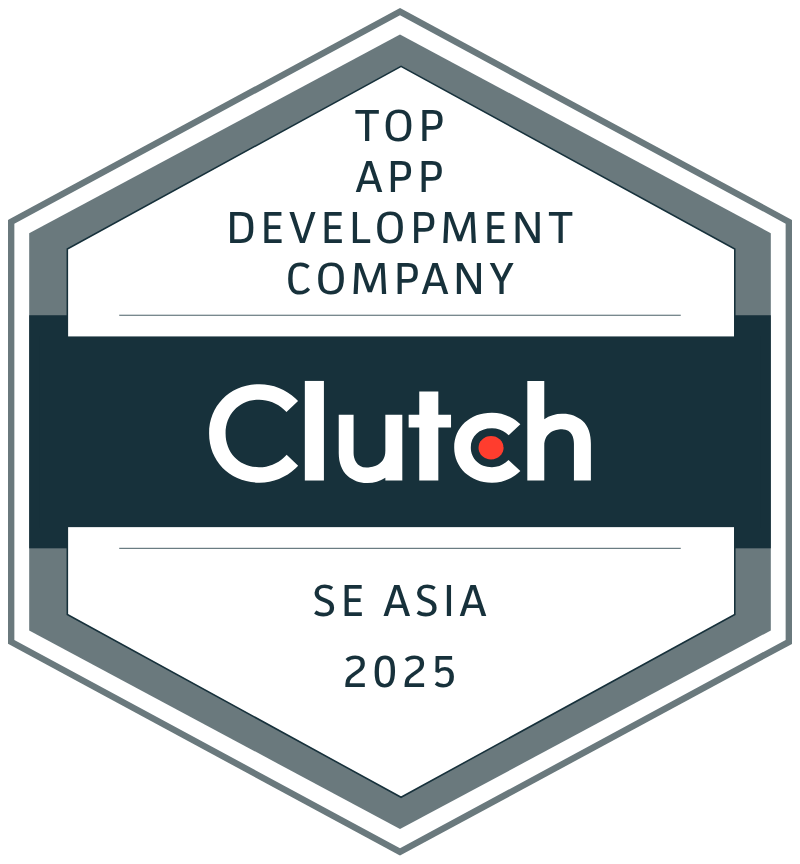
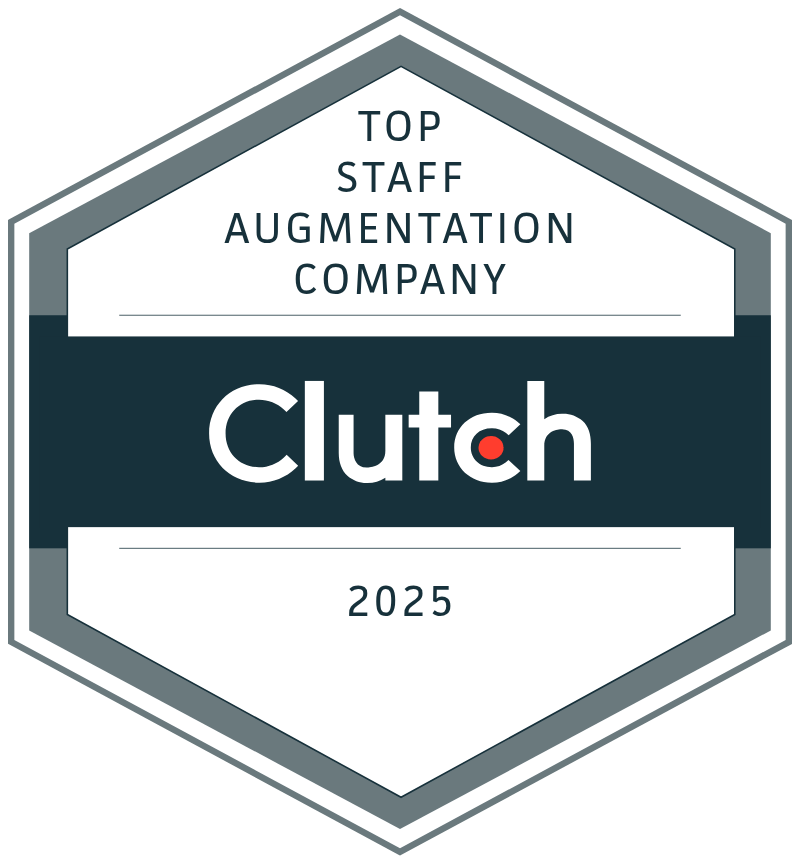
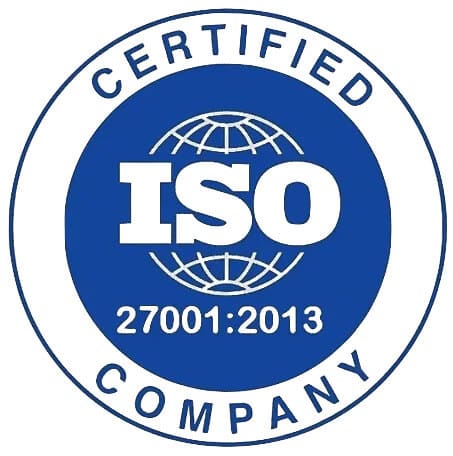
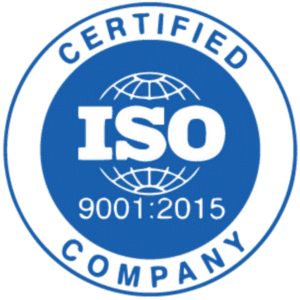
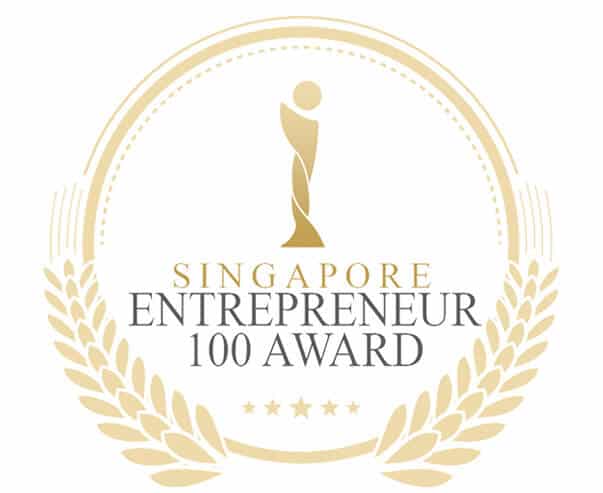
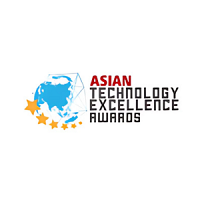

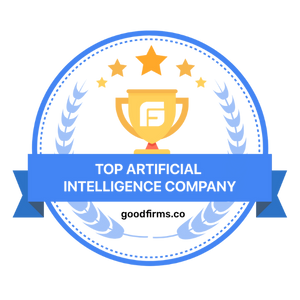
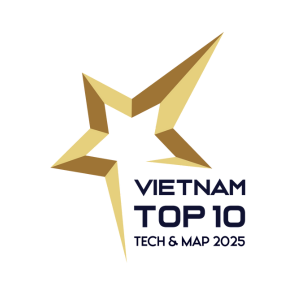
Quality-first approach based on a mature ISO 9001-certified quality management system.
ISO 27001-certified security management that relies on comprehensive policies and processes, advanced security technology, and skilled professionals.
A full-scale PMO able to carry out even the most complex projects.
A leading outsourcing provider featured on the Clutch for three years in a row.
We are trusted by Fortune 500 companies



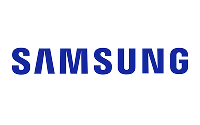
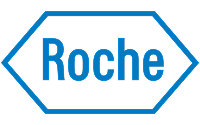
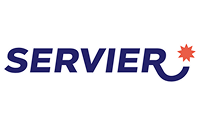

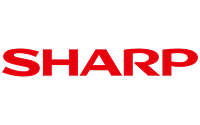
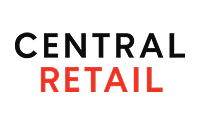
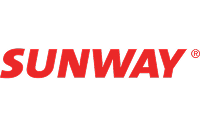
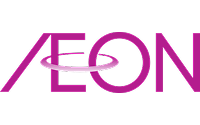

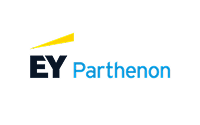




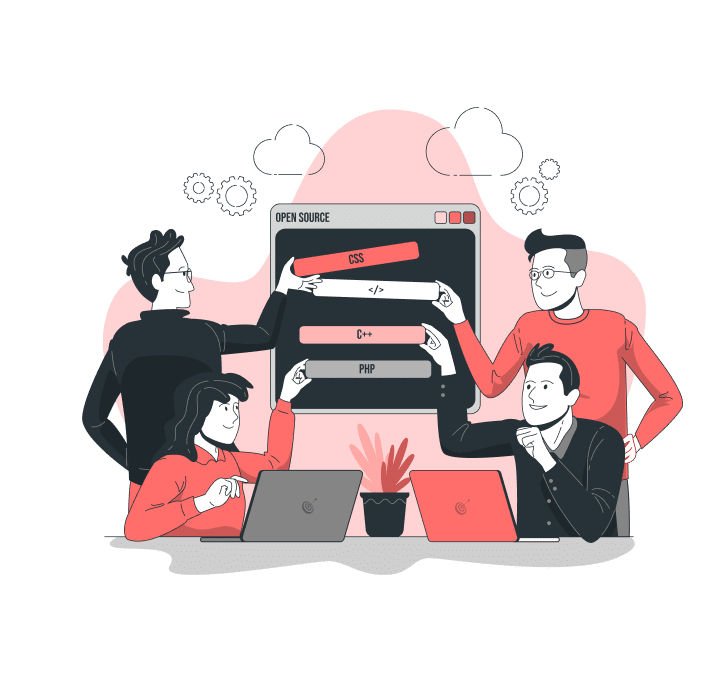
What makes Kyanon Digital different ?
Human-Centric Design, Engineering Excellence, Empowered by Agility
Human-Centric Design:
We design solutions that are intuitive, impactful, and crafted to solve real-world challenges while enhancing user experiences.
Engineering Excellence:
With our Center of Excellence (CoE) driving innovation, we deliver scalable, reliable, and future-ready digital solutions.
High-performance Agile Teams:
Our expert teams seamlessly integrate with yours, combining technical expertise, agile mastery, and transparent collaboration to deliver adaptable, high-impact results.
Why Are Companies Choosing VR?
Virtual Reality (VR) is transforming industries by offering immersive, interactive, and highly engaging experiences. Businesses are leveraging VR for:
Enhanced Training & Simulations
Safe, cost-effective training for employees in industries like healthcare, manufacturing, and aviation.
Immersive Customer Experiences
Virtual showrooms, 3D product demos, and interactive experiences boost customer engagement.
Remote Collaboration
Virtual meetings, design reviews, and real-time collaboration improve efficiency for remote teams.
Innovative Marketing & Branding
VR-powered storytelling captivates audiences and differentiates brands.
Product Design & Prototyping
Rapid iteration and visualization help businesses refine products before manufacturing.
Companies choose VR to stay ahead, improve efficiency, and deliver next-level user experiences. Ready to explore VR for your business?
Kyanon Digital’s Virtual Reality Development Service Offerings
Business consulting
We assist in refining your VR software vision by:
- Understanding and analyzing your specific needs.
- Defining technical requirements and functional scope.
- Helping you select the right VR hardware within your budget.
Architecture design
We design a tailored software architecture to ensure your VR application delivers:
- High performance for seamless user experiences.
- Fast scalability to accommodate growing demands.
- Easy configurability for flexibility and customization.
- World-class security to protect data and user interactions.

3D modeling
When developing VR content, we incorporate immersion-enhancing elements such as:
- Highly realistic visuals for a lifelike experience.
- Kinesthetic attributes to enhance movement and interaction.
- Engaging animations for dynamic and interactive environments.

VR software development
Our skilled VR development team ensures seamless experiences by:
- Utilizing motion tracking, eye tracking, and computer vision for precise user interaction.
- Enhancing interactivity and sound design for a more immersive experience.
- Optimizing back-end performance to handle high-load VR processes efficiently.

Quality assurance
To ensure top-quality VR applications, our testing engineers:
- Conduct unit tests to verify individual components.
- Combine manual and automated testing for thorough validation.
- Document test results to ensure transparency and continuous improvement.

VR software integration
We integrate VR software with both VR hardware and various applications, including:
- CMS
- LMS
- EHR
- CRM

VR software support
We ensure your VR application runs smoothly with ongoing maintenance and regular health reports, identifying potential risks proactively.

VR software evolution
We upgrade your VR software with new features to keep it competitive and enhance user engagement.
Let VR Experts Bring Your Vision to Life
Tell us about your goals, challenges, and requirements—our team will respond swiftly with tailored insights, expert recommendations, and a strategic action plan to move forward.
What are the key factors to consider when building a VR Application?
Creating a Virtual Reality (VR) application requires careful planning and execution to deliver an immersive, high-performing, and scalable solution. Below are the essential factors to consider when developing a VR application:
User Experience & Immersion
A compelling VR experience must make users feel truly immersed in the virtual environment. This involves:
- Realistic Visuals & Physics: High-quality textures, realistic lighting, and physics-based interactions to create lifelike environments.
- Smooth Interactions: Intuitive user interfaces (UIs) that allow users to interact naturally using controllers, hand tracking, or even voice commands.
- Minimizing Motion Sickness: Optimizing camera movement, reducing latency, and maintaining a high refresh rate (90Hz or higher) to prevent disorientation.
- Haptic Feedback & Sound Design: Enhancing immersion with spatial audio and haptic feedback to simulate real-world sensations.
Hardware Compatibility
VR applications need to function across different devices, such as:
- Tethered VR Headsets: High-end devices like Oculus Rift, HTC Vive, and PlayStation VR that require a powerful PC.
- Standalone VR Headsets: Devices like Oculus Quest that run VR applications without external hardware.
- Mobile VR Solutions: Apps designed for smartphone-based headsets like Samsung Gear VR and Google Cardboard.
- Cross-Platform Support: Ensuring smooth performance across multiple VR ecosystems, including Windows Mixed Reality and AR-VR hybrid platforms.
Performance Optimization
VR applications demand high performance to prevent lag and ensure a smooth experience. Key considerations include:
- Frame Rate Optimization: Targeting at least 90 FPS for a seamless experience without stuttering.
- Efficient Rendering Techniques: Using Level of Detail (LoD), occlusion culling, and foveated rendering to optimize performance.
- Reducing Latency: Keeping motion-to-photon latency below 20ms for instant response to user actions.
- Cloud Rendering & Streaming: Offloading intensive processing to the cloud to reduce the workload on local devices.
Interaction & Motion Tracking
For a realistic VR experience, the system must accurately track user movements and interactions, including:
- Hand & Gesture Recognition: Implementing Leap Motion, Oculus Hand Tracking, or Ultraleap for controller-free interaction.
- Eye Tracking: Enhancing user engagement with gaze-based interactions and optimizing rendering using foveated techniques.
- Full-Body Tracking: Integrating sensors to enable natural body movements for activities like dancing or sports simulations.
- Voice Commands & AI Assistants: Allowing users to interact with the environment using natural language processing.
Scalability & Future-Proofing
A well-designed VR application should accommodate future expansions and updates. Consider:
- Modular Architecture: Using a microservices-based approach for flexible feature upgrades.
- Cloud Integration: Leveraging cloud computing for real-time multiplayer interactions and AI-powered enhancements.
- AI & Machine Learning Integration: Enabling intelligent NPC behavior, adaptive learning experiences, and smart recommendations.
- IoT Connectivity: Supporting integration with smart devices, such as fitness trackers or industrial sensors, for real-time data interactions.
Security & Data Privacy
Protecting user data and ensuring compliance with global security standards is crucial. Key security measures include:
- End-to-End Encryption: Securing user communications and transactions within VR environments.
- User Authentication: Implementing biometric verification (fingerprint, retina scan) or multi-factor authentication.
- Anonymization & Data Protection: Ensuring compliance with GDPR, HIPAA, and other regulations regarding user data privacy.
- Content Moderation: Preventing abuse, fraud, or inappropriate behavior in social VR environments.
Cross-Platform Compatibility
For broader reach and engagement, a VR application should support various platforms:
- VR & AR Integration: Creating hybrid experiences that combine augmented reality (AR) with VR elements.
- PC & Mobile Compatibility: Ensuring the VR app can run on different operating systems like Windows, macOS, Android, and iOS.
- Web-Based VR (WebXR): Allowing users to access VR content directly from a web browser without installing an app.
- Game Engine Selection: Using engines like Unity, Unreal Engine, or WebXR to develop cross-compatible applications.
Content Creation & Management
High-quality content is key to a successful VR application. Important aspects include:
- 3D Model Optimization: Creating detailed but lightweight 3D assets to balance realism and performance.
- Procedural Content Generation: Using AI and algorithms to dynamically generate VR environments.
- Real-Time Content Updates: Ensuring users always have access to the latest features and assets.
- Interactive Storytelling: Implementing narrative-driven experiences to engage users on a deeper level.
Building a VR application requires a strategic approach, balancing technical efficiency, user engagement, and long-term scalability. By focusing on these critical factors, businesses can create high-quality VR solutions that drive engagement, enhance productivity, and open new market opportunities.
Kyanon Digital’s Approach to Scalable VR Application Development
At Kyanon Digital, we are committed to delivering VR solutions that align with your business goals, stay within budget, and adapt to evolving requirements. Our structured development and project management practices ensure smooth execution, transparency, and continuous optimization.

Rapid & Efficient Project Kickoff
- Quick Onboarding: Development begins within 1–3 weeks of your initial request, ensuring minimal delays.
- Flexible Communication Models: We tailor collaboration styles to match your preferred interaction methods and frequency.
- Collaborative Scoping: Our team works closely with stakeholders to align on project goals and create a clear development roadmap.
Maximizing Your Investment’s Value
- Feasibility Study: We assess your VR project’s technical and business viability to ensure a solid return on investment.
- Realistic Budget Planning: Our cost estimates help you avoid financial pitfalls and unnecessary expenses.
- Proof of Concept (PoC): Before full-scale development, we validate the idea’s feasibility, preventing costly reworks.
- Risk Mitigation Strategy: We identify and proactively manage potential challenges to keep your project on track.
Transparent & Predictable Development Process
- Custom KPI Tracking: We define measurable success indicators to monitor project health and software quality.
- Regular Progress Reports: Get consistent updates and real-time access to project tracking tools for full visibility.
- Seamless Knowledge Transfer: We ensure your team has all essential documentation to prevent information silos and facilitate smooth transitions.
Agile & Scalable Development Approach
- Structured Change Management: We implement high-value updates efficiently while preventing scope creep.
- Optimized Resource Allocation: Our team scales up or down as needed to accelerate development and maintain efficiency.
- Cost & Process Optimization: Throughout the project, we identify opportunities to reduce costs, enhance collaboration, and improve risk response strategies.
Estimating the Cost of Your VR Application Project
Understanding the cost of developing a VR application is crucial for planning your budget effectively. Several factors influence the overall expenses, from project complexity to hardware requirements.
Key Cost Factors:
Scope & Features
The more advanced and interactive the VR experience, the higher the development cost.
Design & Content Creation
High-quality 3D models, realistic animations, and immersive environments require significant investment.
VR Hardware Compatibility
Development costs vary depending on whether your application supports standalone, PC-based, or enterprise-grade VR systems.
Integration Needs
Connecting your VR app with existing software (e.g., CRM, LMS, IoT devices) impacts complexity and cost.
Testing & Optimization
Ensuring a seamless experience across different VR headsets and platforms requires extensive testing.
Get a Personalized VR Development Cost Estimate
Wondering what your VR project might cost? Try our cost calculator for a tailored estimate based on your specific requirements.
Pricing Model
Kyanon Digital provides flexible Pricing models for VR Software Development and Post Production Support & Maintenance
VR Software Development Pricing Models
Category
Fixed-Price Model
Time & Material (T&M) Model
Dedicated Team Model
Best For
- Businesses needing ongoing maintenance, security, and updates
- SaaS, fintech, and cloud applications
- Companies with occasional support needs
- Best for minor bug fixes, security patches, and system optimizations.
- Long-term projects requiring continuous updates and feature expansion
- Enterprise solutions, large-scale cloud applications.
Cost Structure
Fixed upfront cost with milestone payments.
Hourly or daily rates based on actual work completed.
Flexibility
Low – Changes require contract adjustments.
High – Adjust scope and team size as needed
High – Direct control over team priorities.
Cost Structure
Fixed upfront cost with milestone payments.
Hourly or daily rates based on actual work completed.
Monthly retainer for a team with dedicated resources.
Flexibility
Low – Changes require contract adjustments.
High – Adjust scope and team size as needed
High – Direct control over team priorities.
Risk Allocation
Vendor assumes most risk – delays or overruns are absorbed
Shared – Client pays for actual effort; vendor ensures efficiency
Client takes most of the risk but gains deep expertise and retention
Time-to-Market
Faster – Predefined scope ensures timely delivery.
Moderate – Agile approach may extend delivery but ensures adaptability
Longer – Best suited for continuous product development
Client Involvement
Low – Suitable for hands-off management
Medium – Regular client input needed for prioritization
High – Client directly manages or collaborates with the team
Scalability
Low – Fixed contract limits major expansions
High – Easily scales up or down based on workload
Very High – Dedicated team ensures seamless scaling over time.
Support & Maintenance Pricing Models
Category
Fixed-Price Model
Time & Material (T&M) Model
Dedicated Team Model
Best For
- Businesses needing ongoing maintenance, security, and updates
- SaaS, fintech, and cloud applications
- Companies with occasional support needs
- Best for minor bug fixes, security patches, and system optimizations.
- Long-term projects requiring continuous updates and feature expansion
- Enterprise solutions, large-scale cloud applications.
Cost Structure
Fixed upfront cost with milestone payments.
Hourly or daily rates based on actual work completed.
Flexibility
Low – Changes require contract adjustments.
High – Adjust scope and team size as needed
High – Direct control over team priorities.
Cost Structure
Fixed upfront cost with milestone payments.
Hourly or daily rates based on actual work completed.
Monthly retainer for a team with dedicated resources.
Flexibility
Low – Changes require contract adjustments.
High – Adjust scope and team size as needed
High – Direct control over team priorities.
Risk Allocation
Vendor assumes most risk – delays or overruns are absorbed
Shared – Client pays for actual effort; vendor ensures efficiency
Client takes most of the risk but gains deep expertise and retention
Time-to-Market
Faster – Predefined scope ensures timely delivery.
Moderate – Agile approach may extend delivery but ensures adaptability
Longer – Best suited for continuous product development
Client Involvement
Low – Suitable for hands-off management
Medium – Regular client input needed for prioritization
High – Client directly manages or collaborates with the team
Scalability
Low – Fixed contract limits major expansions
High – Easily scales up or down based on workload
Very High – Dedicated team ensures seamless scaling over time.
Our Tech Stacks
VR engine
3D modeling
Mobile
Real-time data processing
Simulation modeling
Back-end programming languages
Cloud databases, warehouses, and storage
AWS
Azure
Google Cloud Platform
Other
Clouds
Front end
Boost Software Value with Advanced Technologies
Looking to outpace competitors, adopt innovative business models, or unlock higher revenue streams? Kyanon Digital is here to help you design and develop future-ready software powered by the latest technologies.
Enhance everyday experiences by integrating AI to make activities safer, more efficient, and engaging.
SELECTED AI TECHNOLOGIES WE MASTER:
- Machine learning
- Computer vision
- Natural language processing
- Generative AI
Enhance everyday experiences by integrating AI to make activities safer, more efficient, and engaging.
SERVICES WE OFFER:
Harness the power of advanced analytics to aggregate, process, and analyze vast data volumes for actionable insights.
SERVICES WE OFFER:
Connect the digital and physical worlds with IoT solutions that simplify operations and unlock new opportunities.
SERVICES WE OFFER:
Merge physical and digital environments to deliver immersive and intuitive experiences, making everyday interactions more seamless and engaging.
SERVICES WE OFFER:
Our Outsourcing Insights
FAQ
Virtual Reality (VR) creates a fully immersive digital experience where users interact with a simulated environment using VR headsets like Meta Quest, HTC Vive, or PlayStation VR. It’s widely used for gaming, training, virtual simulations, and interactive storytelling.
At Kyanon Digital, we build custom VR solutions for industries like education, real estate, healthcare, and retail, helping businesses enhance engagement and productivity.
VR is widely used across industries, including:
- Healthcare (VR therapy, medical training)
- Education & Training (virtual classrooms, skill simulations)
- Real Estate & Architecture (3D property tours, design visualization)
- Retail & E-commerce (virtual showrooms, interactive shopping)
- Gaming & Entertainment (immersive experiences, multiplayer VR)
Yes, we can integrate VR applications with CRM, LMS, ERP, IoT systems, and cloud platforms to enhance business operations, training, and analytics.
The timeline varies depending on the project’s complexity. A basic VR experience can take 3–6 months, while more advanced applications with complex interactions and integrations may require 6–12 months or more.
Your vendor will recommend the best methodology based on your project. At Kyanon Digital, we typically:
- Use Agile (Scrum, Kanban, XP) for fast releases and adaptability.
- Opt for Waterfall for fixed budgets, timelines, or industry regulation requirements.
- Employ an Iterative model for a balance between flexibility and predictability.
- Virtual Reality (VR) creates a fully immersive digital environment using headsets like Meta Quest, HTC Vive, or PlayStation VR. It’s great for gaming, training, and virtual experiences.
- Augmented Reality (AR) overlays digital elements on the real world using devices like smartphones, tablets, or AR glasses (e.g., Apple Vision Pro, Microsoft HoloLens). It’s widely used in retail, healthcare, and manufacturing.
At Kyanon Digital, we develop cutting-edge VR and AR solutions tailored for training, e-commerce, education, and interactive customer experiences.
Kyanon Digital is a trusted partner in VR application development, with a team dedicated to delivering measurable value.
Our commitment to client satisfaction is reflected in our long-term partnerships, with a significant portion of our revenue coming from customers who’ve stayed with us for over two years.
Need a Consultation?
Get in touch instantly

